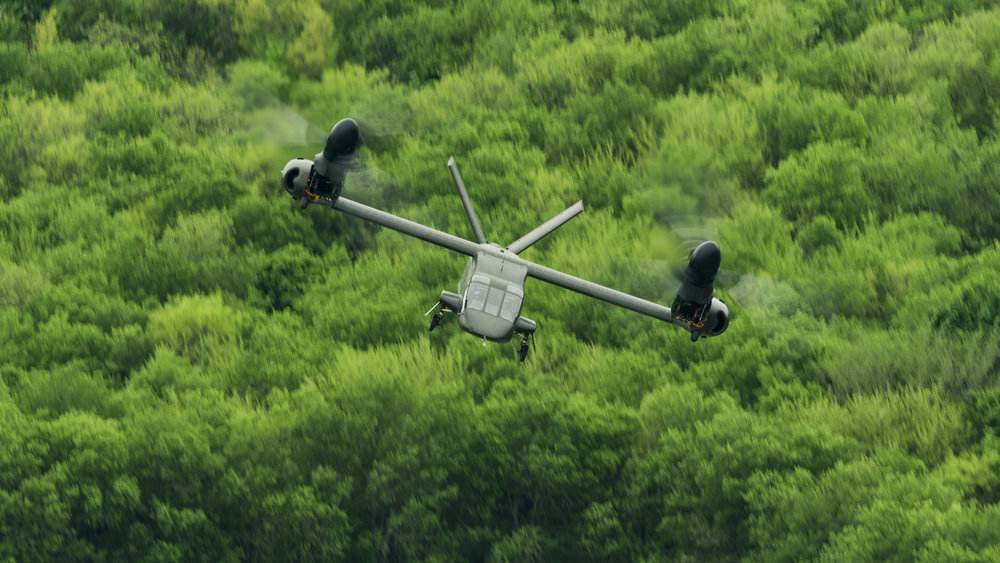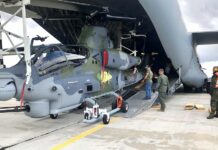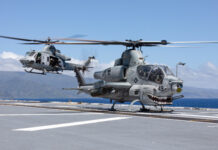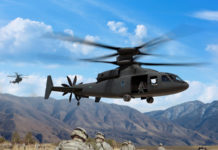On 5 December 2022, Bell Textron announced that their V-280 Valor had been selected by the US Army as the winner of their Future Long-Range Assault Aircraft (FLRAA) programme. Consequently, Bell Textron will now be awarded a contract for the further development of the operational version(s) of the aircraft. The V-280 Valor is scheduled to enter service in 2030.
The intent of the FLRAA program is to develop a successor to the widely-used Sikorsky UH-60 Black Hawk utility helicopter, as part of the overall Future Vertical Lift (FVL) effort. FVL aims to develop a family of light, medium and heavy vertical-take-off-and-landing (VTOL) aircraft that will offer increased range, speed and payload compared to in-service rotorcraft. The FLRAA programme covers the ‘Medium Utility’ part of FVL.
Although the FLRAA program was officially started in 2019, it can trace its origins back to the Joint Multi-Role Technology Demonstrator (JMR-TD) program that was started in 2013, to explore, develop and demonstrate technologies applicable to the FVL effort. Four technology investment agreements were awarded, to AVX Aircraft, Bell Textron, Karem Aircraft and Sikorsky-Boeing. In 2014, the Bell Textron and Sikorsky-Boeing bids were downselected. Following this, the JMR-TD programme extensively tested the Bell Textron V-280 Valor and Sikorsky–Boeing SB-1 Defiant prototypes, with the Bell Textron design making its first flight in 2017 and Sikorsky-Boeing’s Defiant following in 2019.

The V-280 Valor is a tilt-rotor aircraft, conceptually similar to the 1970’s Bell XV-15 experimental aircraft and to the Bell Boeing V-22 Osprey that has been in service with the US armed forces since 2007. The tilt-rotor principle allows the wingtip-mounted rotors to elevate and depress between the horizontal position, to provide thrust for forward flight, and vertical position, to provide lift for vertical take-off and landing. Unlike the in-service V-22 Osprey, where the entire engine and rotor nacelle is elevated, the V-280 instead uses a gearbox between the engine and the rotor to allow only the part of the nacelle housing the drive shaft and rotor to swivel, with the remainder of the engine remaining horizontal.
The V-280 Valor prototype has a cruising speed of 520 km/h (280 knots), a maximum speed of approximately 555 km/h (300 knots) and a combat range of 930 km. Compared to the in-service UH-60 Black Hawk, these figures represent an improvement of approximately 85% in speed, and 58% in range, allowing the V-280 to deliver supplies and insert troops faster and further than was previously possible. The variant of the V-280 which will enter service is expected to have a crew of four, and the capacity to carry 14 fully-equipped troops or a slung load of up to 4,500 kg.
The V-280 is also expected to perform utility transport, medevac and humanitarian relief missions. In addition to the improvements in performance, the V-280 has also been designed for ease of maintenance, with the intent of increasing mission availability and reducing maintenance cost. In addition to the FLRAA version that has now been selected for further development, Bell Textron is also working on an armed attack version of the V-280, as a potential candidate for the “Medium Attack” part of the FVL effort, to replace the AH-64 Apache attack helicopter.
Thomas Nielsen












